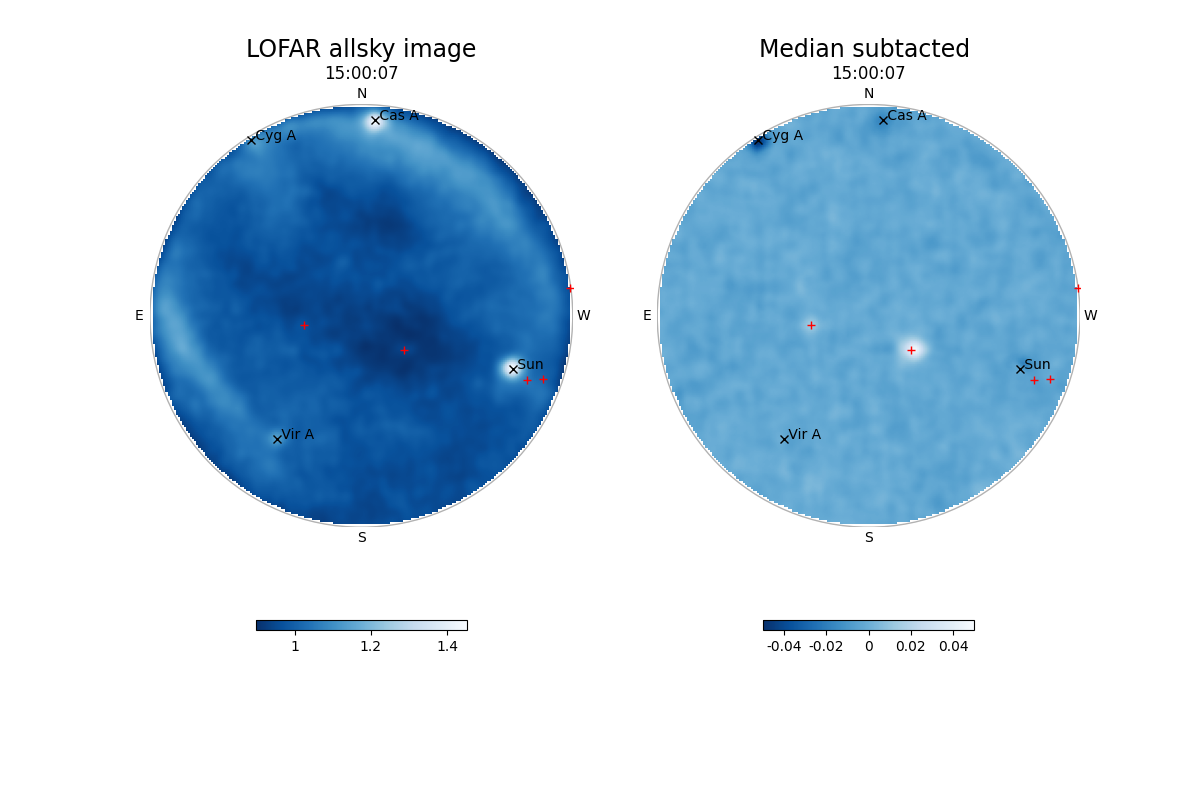- cross-posted to:
- [email protected]
- cross-posted to:
- [email protected]
Observations with the LOFAR (Low Frequency Array) radio telescope last year showed that first generation Starlink satellites emit unintended radio waves that can hinder astronomical observations. New observations with the LOFAR radio telescope, the biggest radio telescope on Earth observing at low frequencies, have shown that the second generation ’V2-mini’ Starlink satellites emit up to 32 times brighter unintended radio waves than satellites from the previous generation, potentially blinding radio telescopes and crippling vital research of the Universe.



Fellow dark sky supporter. Between all the led billboards, sprawl, and all the attempts at education failing… I doubt our children will have any view of the stars at all.
Unless there’s a hurricane that’s wipes out power… Stargazing was excellent for a few nights then.